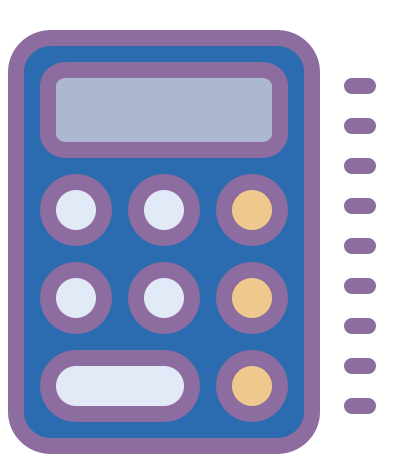Surveying Distance Calculator
Professional tool for land surveyors, engineers, and property owners to convert and calculate surveying measurements in feet
Surveying Unit Conversion
Convert between traditional surveying units and modern measurements
Result:
Survey Distance & Area Calculator
Calculate distances and areas for land surveys
Result:
Visual Survey Representation
Visual representation of the calculated distance or area
Surveying Units Reference Tables
Common conversion factors for land surveying measurements
| Unit | Equivalent in Feet | Description |
|---|---|---|
| 1 Link | 0.66 feet | 7.92 inches; used in Gunter’s chain |
| 1 Rod/Pole/Perch | 16.5 feet | An old surveying unit equal to 5.5 yards or 25 links |
| 1 Chain | 66 feet | 100 links or 4 rods; commonly used in land surveys |
| 1 U.S. Survey Foot | 1.000002 feet | Slightly longer than the international foot |
| 1 Furlong | 660 feet | 10 chains or 40 rods |
| 1 Mile | 5,280 feet | 80 chains or 8 furlongs |
| 1 Acre | 43,560 square feet | An area equal to 10 square chains |
Understanding Surveying Measurements
Historical Surveying Units
Traditional land surveying in the United States used a system based on Gunter’s chain. This system was developed in the 17th century by English mathematician Edmund Gunter and was widely used in land surveys until the 20th century.
The chain consisted of 100 links, with a total length of 66 feet. This made calculations simple: 10 square chains equals one acre, and 80 chains equals one mile. These relationships made it easy to survey land and calculate areas in the days before electronic calculators and GPS systems.
Other units include rods (16.5 feet), which equals 25 links or a quarter of a chain, and furlongs (660 feet), which equals 10 chains.
Modern Surveying Techniques
Modern land surveying primarily uses feet or meters, though understanding traditional units is still important when working with historical land records, deeds, and legal descriptions of property boundaries.
The U.S. Survey Foot (1 foot = 1200/3937 meters) was the standard for geodetic surveys in the United States for many years, but is being phased out in favor of the International Foot (exactly 0.3048 meters) to simplify conversions.
Modern surveying equipment includes total stations, GPS receivers, and laser scanners, which measure distances electronically with high precision, then convert to the desired units.
Common Surveying Calculations
Distance Between Points
The distance between two points with coordinates (x₁, y₁) and (x₂, y₂) is calculated using the Pythagorean theorem:
Rectangular Area
The area of a rectangular parcel is simply:
For example, a parcel measuring 5 chains by 2 chains has an area of 10 square chains, or 1 acre.
Area Conversion
Common area conversion factors:
Bearing to Azimuth
Converting between bearing and azimuth notations:
Frequently Asked Questions
What is the difference between a U.S. Survey Foot and an International Foot?
A U.S. Survey Foot is defined as 1200/3937 meters (approximately 0.3048006096 meters), while an International Foot is exactly 0.3048 meters. The difference is about 2 parts per million. While this seems small, it can accumulate to significant differences over large distances.
Why are chains and links still important in modern surveying?
Many legal property descriptions, especially in rural areas and older deeds, still reference chains and links. Understanding these units is essential for interpreting historical land records and ensuring accurate property boundaries.
How accurate were historical surveying measurements?
Historical surveys using chains and compass bearings could be reasonably accurate when done carefully, but were subject to human error, terrain challenges, and equipment limitations. Modern GPS and electronic distance measurement (EDM) techniques are significantly more precise, often accurate to millimeters over kilometers.
What units should I use for my land survey?
Modern surveys typically use feet or meters as the primary unit of measurement. The choice may depend on local conventions, legal requirements, and the intended purpose of the survey. In the United States, feet are most common for land surveys, though the specific definition (International Foot vs. U.S. Survey Foot) may vary by state.
Related Miscellaneous & Specialized Calculators
Height Conversion
Convert human measurements in feet
Shoe Size Calculator
Convert shoe size to foot length
Stride Length
Calculate stride length in feet
Elevation Gain
Calculate elevation changes in feet
Map Scale Conversion
Convert map scale to actual feet
Surveying Distance
Calculate surveying measurements
Cable/Wire Length
Calculate cable length in feet
Pipeline Length
Measure pipeline length in feet
Aquarium Volume
Calculate volume in cubic feet
Greenhouse Area
Calculate area in square feet
